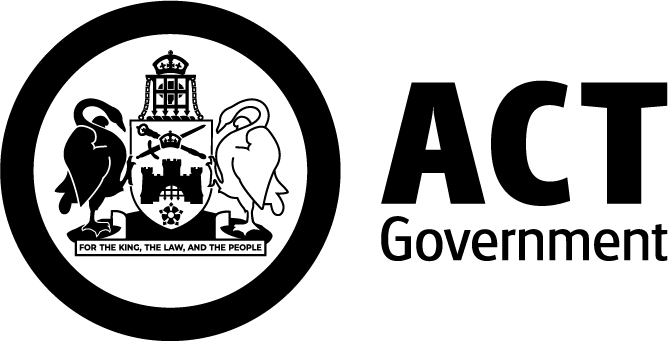Livestock management
If you manage livestock, you have responsibilities to protect the health and welfare of livestock in the ACT. These include following the appropriate:
- biosecurity measures
- disease prevention strategies
- sustainable farming practices.
National Livestock Identification System (NLIS)
Australia uses the National Livestock Identification System (NLIS) to identify and trace cattle, sheep, goats, and pigs (through the PigPass database).
The NLIS ensures high standards for Australia's export market and food safety. It also helps if there is an emergency outbreak of animal disease. The NLIS traces livestock movements and identifies the potential spread pattern of the disease.
The NLIS is based on 3 elements:
- Livestock are identified by a permanent identifier, either a visual or electronic tag.
- Identification of the physical location of the animal using a Property Identification Code (PIC).
- Livestock location data and movements are recorded in a central database.
All cattle, sheep and goats must:
- be identified with an approved NLIS tag
- be held on a property with a PIC
- have their movements to sale, slaughter or to any other property recorded in the NLIS database.
It is mandatory to comply with NLIS requirements in the ACT. Penalties apply to those who don't follow these requirements.
Sheep and goat Individual Electronic Identification (eID)
There will soon be mandatory individual electronic identification (eID) for sheep and goats across Australia.
The ACT implementation plan is aligned with New South Wales. This will help ACT farmers meet requirements of NSW sale yards and processors.
ACT timeline for implementation
By 1 January 2025
- Mandatory eID for all sheep and farmed goats born from this date, prior to leaving property of birth.
- Mandatory eID property to property transfers.
By 1 January 2027
- Mandatory eID for all sheep and farmed goats prior to leaving any property.
Find out more about sheep and goat eID in NSW.
National Vendor Declarations (NVD)
National Vendor Declarations (NVD) are legal documents that outline the food safety and treatment status of animals. It records every time an animal moves between properties, to sale yards or processors.
To access NVDs, you need to:
- have a PIC
- be accredited with Livestock Production Assurance (LPA).
Once LPA accredited, you'll be able to access NVDs and eNVDs.
Animal welfare when transporting livestock
Livestock welfare is implemented under the Animal Welfare (Land Transport of Livestock) Mandatory Code of Practice 2018 (No 1).
When livestock is moved from one place to another, multiple people are responsible for them, including:
- the producer
- the transporter
- the receiver, such as an agent, sale yard, or processor.
The person in charge at each point is responsible for the animals' welfare. This includes reducing the risk to their welfare.
Before they're moved, each animal needs to be checked to make sure they're healthy enough for the journey.
Find out if your livestock are 'fit to load'.
